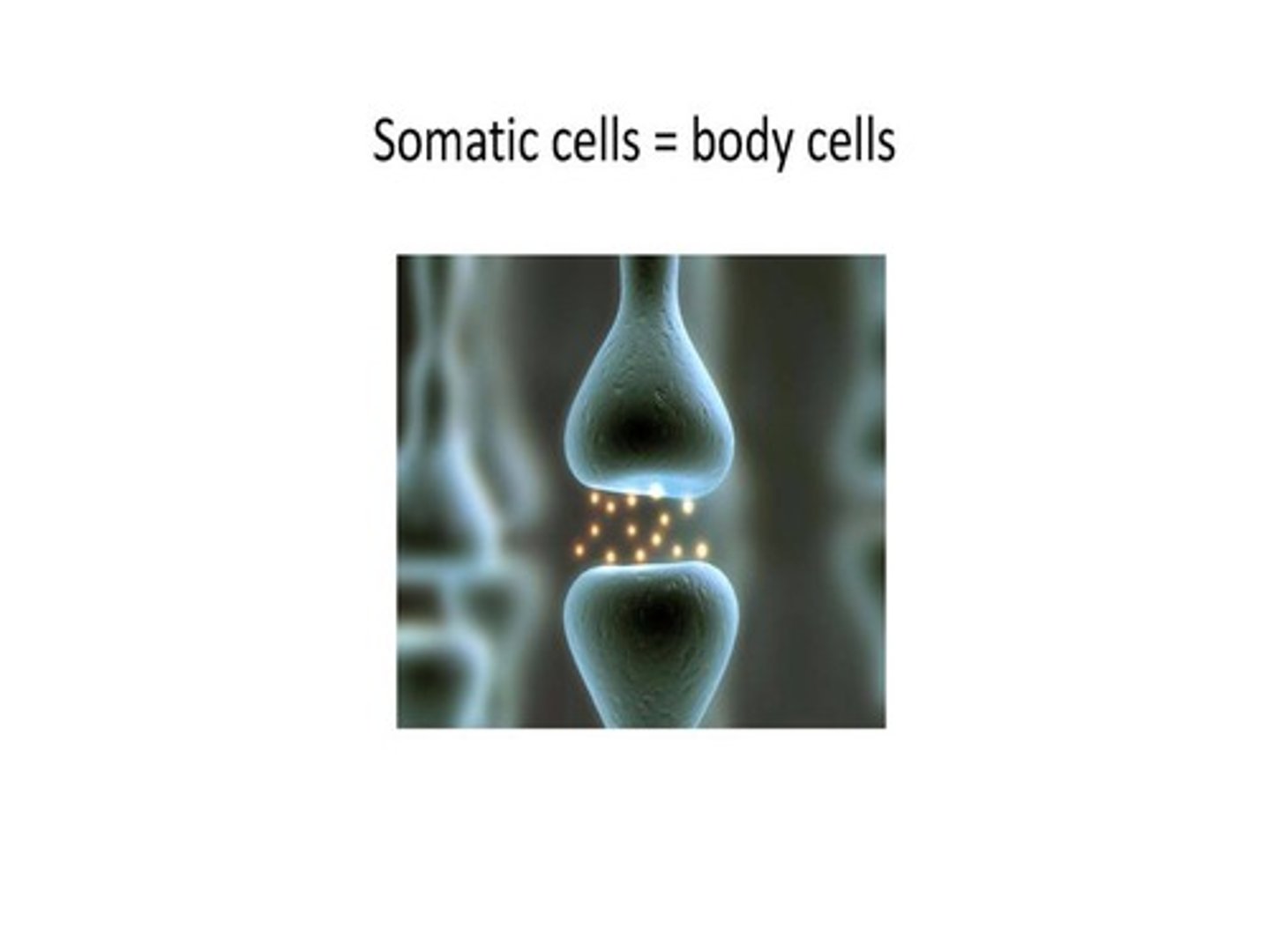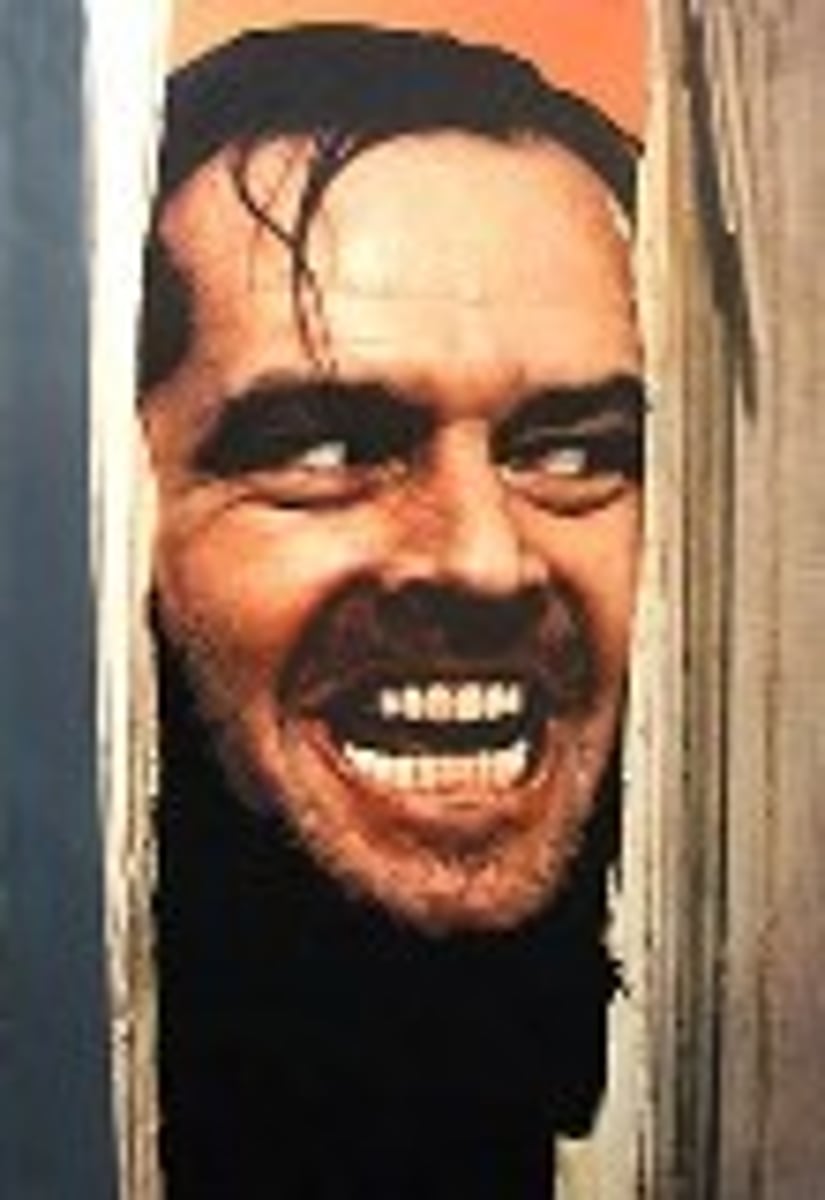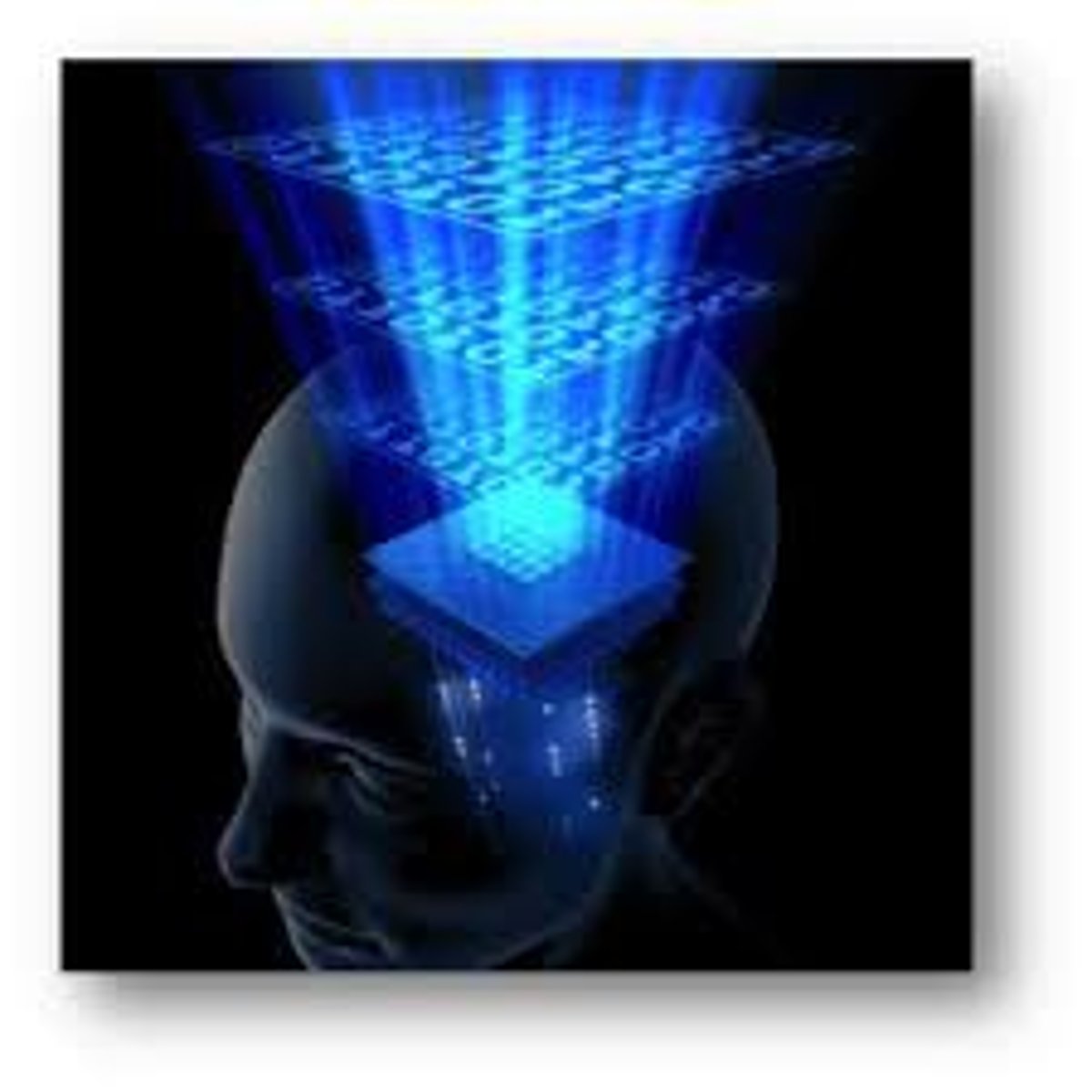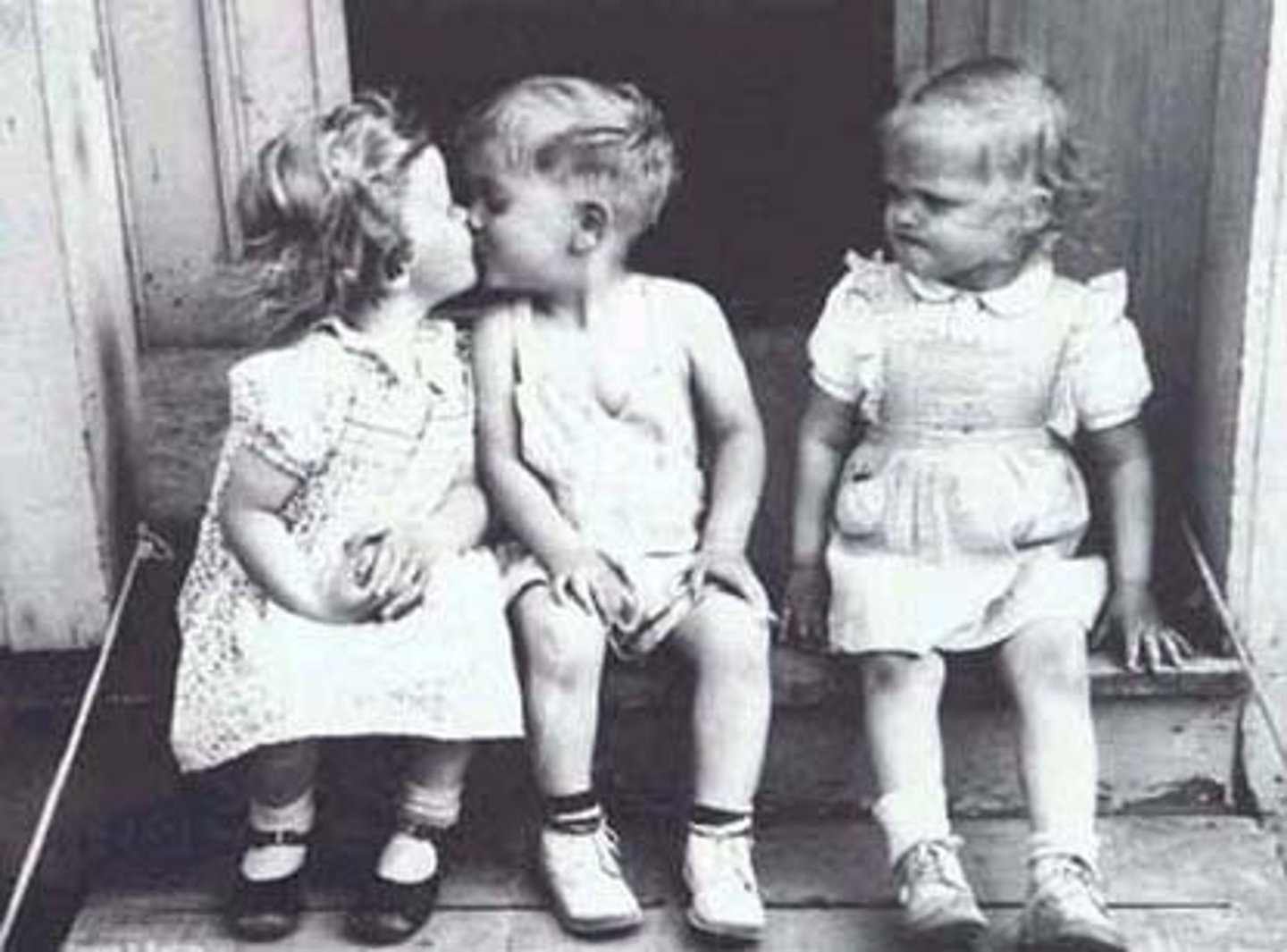Paranoid and Delusional Disorder
1/53
There's no tags or description
Looks like no tags are added yet.
Name | Mastery | Learn | Test | Matching | Spaced |
|---|
No study sessions yet.
54 Terms
Different types in Delusional Disorder
Erotomanic type, Grandiose type, Jealous type, Persecutory type, Somatic type, Mixed type, Unspecified type

Erotomanic type
applies when the central theme of the delusion is that another person is in love with the individual

Grandiose type
applies when the central theme of the delusion is the conviction of having some great (but unrecognized) talent or insight or having made some important discovery

Jealous type
applies when the central theme of the individual's delusion is that his or her spouse or lover is unfaithful

Persecutory type
applies when the central theme of the delusion involves the individual's belief that he or she is being conspired against, cheated, spied on, followed, poisoned or drugged, maliciously maligned, harassed, or obstructed in the pursuit of long-term goals

Somatic type
applies when the central theme of the delusion involves bodily functions or sensations

Mixed type
applies when no one delusional theme predominates
Unspecified type
applies when the dominant delusional belief cannot be clearly determined or is not described in the specific types (e.g., referential delusions without a prominent persecutory or grandiose component
The terms paranoid and delusional are
often paired, but they are actually distinguishable
PPD
Paranoid Personality Disorder
Paranoia involves
sensitivity to danger

Writers differ in which response is
"the paranoid one"
For some, the paranoid response is
a fearful, furtive, and avoidant response
For others, the paranoid response is
a hostile and angry response, sometimes involving preemptive antagnoism
Expectations of harm can lead to
preemptive attacks on others
Even when judgements of another's ill will are unwarranted
the paranoid individual may engage in preemptive behaviors
that eventually engender real ill will
Natsuaki et al. (2009) found that
those with PPD characteristics initiated more bullying
and other uncooperative behaviors
Querulous paranoia
When the person is preoccupied with gaining redress
- May include a toxic mix of
--- Obsessive grievance
--- Angry confrontation
--- Self-righteous disdain for the views of all other persons
Delusion
a false belief that has emotional significance to the person, held in defiance of the evidence at hand
Delusions qualify as
psychosis (a loss of touch with reality)
Two key aspects to delusions
-Emotional significance
-Falsity
Attributes of Delusions
Bizarreness, distress, conviction, insight, involvement, and preoccupation
What does bizarreness historically indicate?
Schizophrenia
Under DSM-5, what is bizarreness considered?
A specifier that can be applied to DD delusions
How can bizarreness present in delusions?
Sometimes it can be blatant, other times it can be less blatant
Distress
Commonly listed as a variable associated with delusions

What type of delusions may not be distressing?
Grandiose delusions
What do grandiose delusions often involve?
Wealth, power, and/or fame
How might patients who embrace aberrant beliefs feel about their beliefs?
They may be proud of their open-mindedness
What might suspicious persons feel proud of?
That they are not being duped
Other names for conviction
• Imperviousness to feedback
• Certainty
• Commitment
• Inflexibility
• Fixity
• Doxastic strength
• Incorrigibility
• Firmly sustained
Rhodes and Jakes (2004) noted that conviction can be
self-sustaining
Insight
Lack of insight is lack of awareness that one's belief is in
error

Insight is often used to
differentiate those with persistent delusions from those having a non-psychotic disorder
DSM-5 differentiates between those with persistent delusions and those with a non-psychotic disorder
"...many with social anxiety disorder have good insight that their beliefs are out of proportion."
Inovolvement
- Emotional involvement is very similar to distress
- Behavioral involvement
• The presence of delusion-related actions, or the pressure to act upon beliefs
• Most noteworthy when it is discrepant with insight
- In these cases, the individual will acknowledge that their
belief isn't true, but will still act as if it were true
What is preoccupation in the context of mental health?
The extent to which the ideation consumes the individual's mental life.
What are some characteristics of preoccupation?
Obsessive, pervasive, recurring, persistent, perseverative, ruminative, and intrusive.
What does the DSM-5 state about DD and OCD diagnoses?
If someone qualifies for OCD, they can't qualify for DD, even if insight is absent.
What does erotomanic delusional themes refer to in lay usage?
Rampant sexual desire and/or behavior
What is the belief associated with erotomanic delusional themes?
The belief that a specific other person is in love with them, usually someone implausibly grand and distant
What is the traditional name for erotomanic delusional themes?
De Clerambault syndrome
How common are erotomanic delusional themes in delusional disorder cases?
They may account for only a small fraction of delusional disorder cases
Jealous delusional themes
Refers to the belief that one's partner is unfaithful
Two variants of jealous delusional themes
Suspicious jealousy and Reactive jealousy
Suspicious jealousy
an excessive pre-occupation with the
possibility of betrayal

Reactive jealousy
an excessive response to real or imagined betrayal

What does 'persecutory' refer to in the context of beliefs?
Beliefs that someone is interfering with what one is aspiring for.
What is another belief associated with 'persecutory' symptoms?
Beliefs that someone is working to bring about what one dreads.
What phenomena are encompassed by persecutory beliefs?
Humiliation, exploitation, victimization, rejection, exclusion, betrayal, etc.
What is notable about persecutory symptoms in schizophrenia?
They are likely the most common of all schizophrenia symptoms.
What are the four DSM-5 diagnoses that involve somatic delusions?
Schizophrenia, depression, delusional disorder-somatic, and body dysmorphic disorder (BDD)
Is delusional disorder common?
No, it is uncommon.
What subset of patients is significant within the delusional disorder diagnosis?
Somatic cases make up a substantial subset of patients.